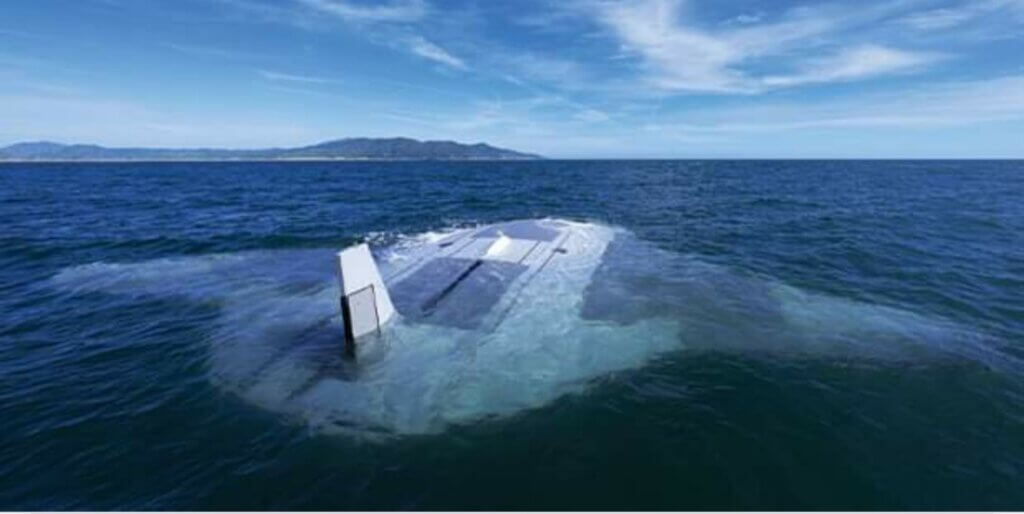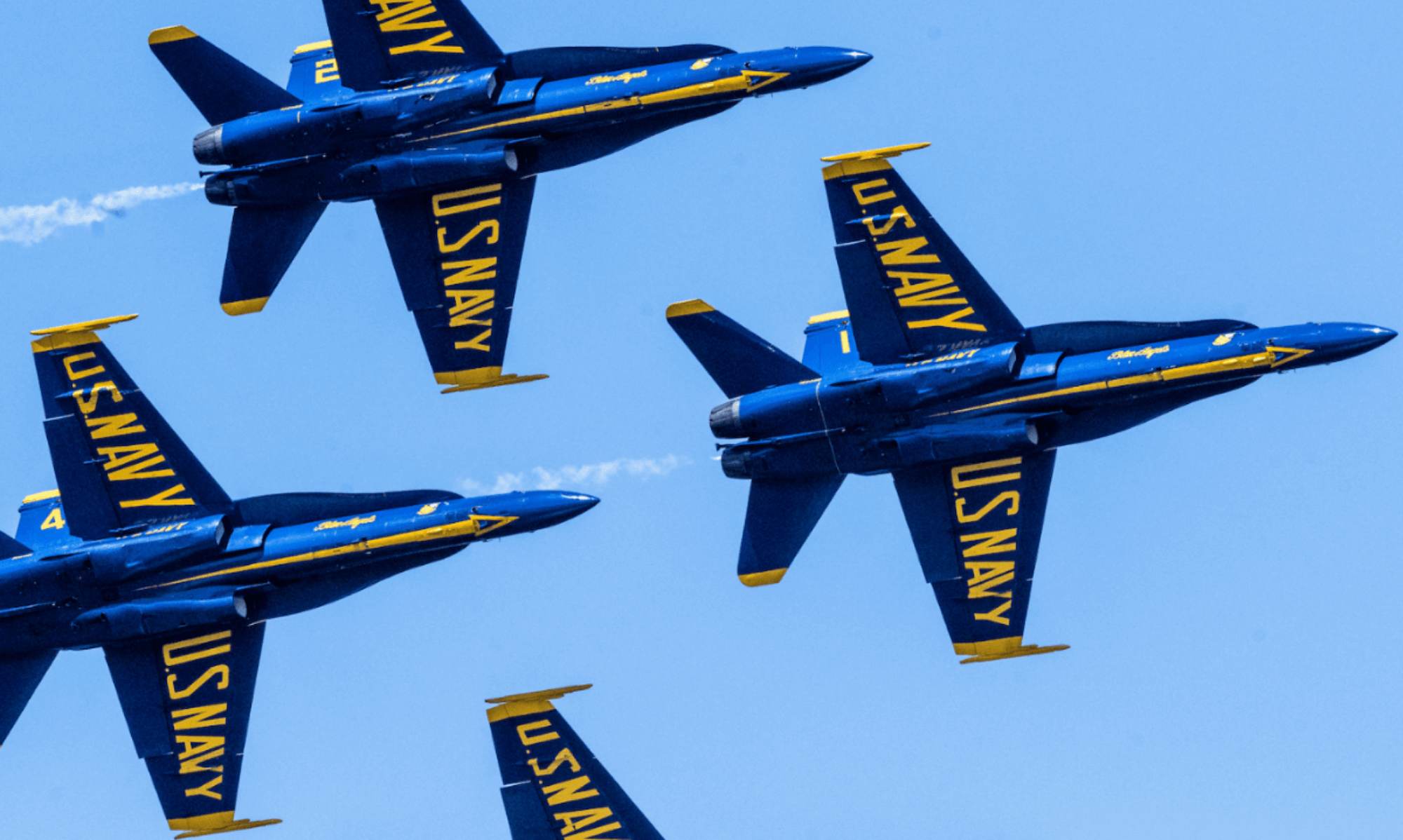
Introduction
In the latest development of naval capabilities, Northrop Grumman, in partnership with the Defense Advanced Research Projects Agency (DARPA), has introduced a new autonomous underwater vehicle (UUV) named the “Manta Ray.” This cutting-edge UUV is designed for long-range and long-duration missions, marking a significant milestone in underwater technology.
Key Takeaways
- The Manta Ray has successfully completed its first in-water testing phase off the coast of Southern California, showcasing its advanced hydrodynamic capabilities and operational readiness.
- Designed for autonomy, the Manta Ray can perform extensive missions in remote oceanic environments, aiding in tasks such as mapping, mine detection, and surveillance.
- Its modular construction allows for easy transport, rapid assembly, and deployment, potentially revolutionizing naval logistics and deployment strategies.
Why This Matters The Manta Ray represents a leap forward in underwater technology with its ability to operate independently in challenging and remote parts of the ocean. This capability is crucial for enhancing the Navy’s operational flexibility and for performing sensitive and critical missions without risking human lives. The Manta Ray’s successful deployment demonstrates potential shifts in future naval operations, emphasizing unmanned, autonomous systems.
Implications for the Navy
The integration of the Manta Ray into the Navy’s arsenal could dramatically transform naval operations by:
- Enhancing the Navy’s ability to conduct extended surveillance and reconnaissance missions discreetly.
- Reducing the need for large, manned support vessels and infrastructure, thereby saving costs and increasing operational stealth.
- Providing new capabilities in undersea warfare, particularly in cluttered or hazardous environments where traditional manned operations are too risky.
Implications for America
The advancement of autonomous UUV technology such as the Manta Ray strengthens national security by ensuring that the U.S. remains at the forefront of military technology, particularly in undersea warfare. This technological edge is vital in maintaining strategic superiority in international waters, particularly in contested regions where underwater resources and routes are of paramount importance.
Moreover, the development and production of such advanced technologies foster innovation within America’s industrial and defense sectors, contributing to economic growth and maintaining technological leadership on the global stage.
Conclusion
The Manta Ray UUV is not just a new piece of equipment; it is a harbinger of the future of naval operations. As autonomous systems like the Manta Ray become more integrated into military strategies, they will redefine the paradigms of engagement, security, and defense technology. For the U.S. Navy and America, the successful deployment of the Manta Ray is a significant step toward a more autonomous, efficient, and secure maritime future.
Join our community of readers who are passionate about naval innovation and defense technology. Subscribe now to receive the latest updates on breakthroughs like the Manta Ray and other critical advancements directly to your inbox. Get exclusive insights, detailed analyses, and expert commentary to help you stay informed about the evolving landscape of maritime security and technology.
Subscribe Today—because staying informed is your best defense.

